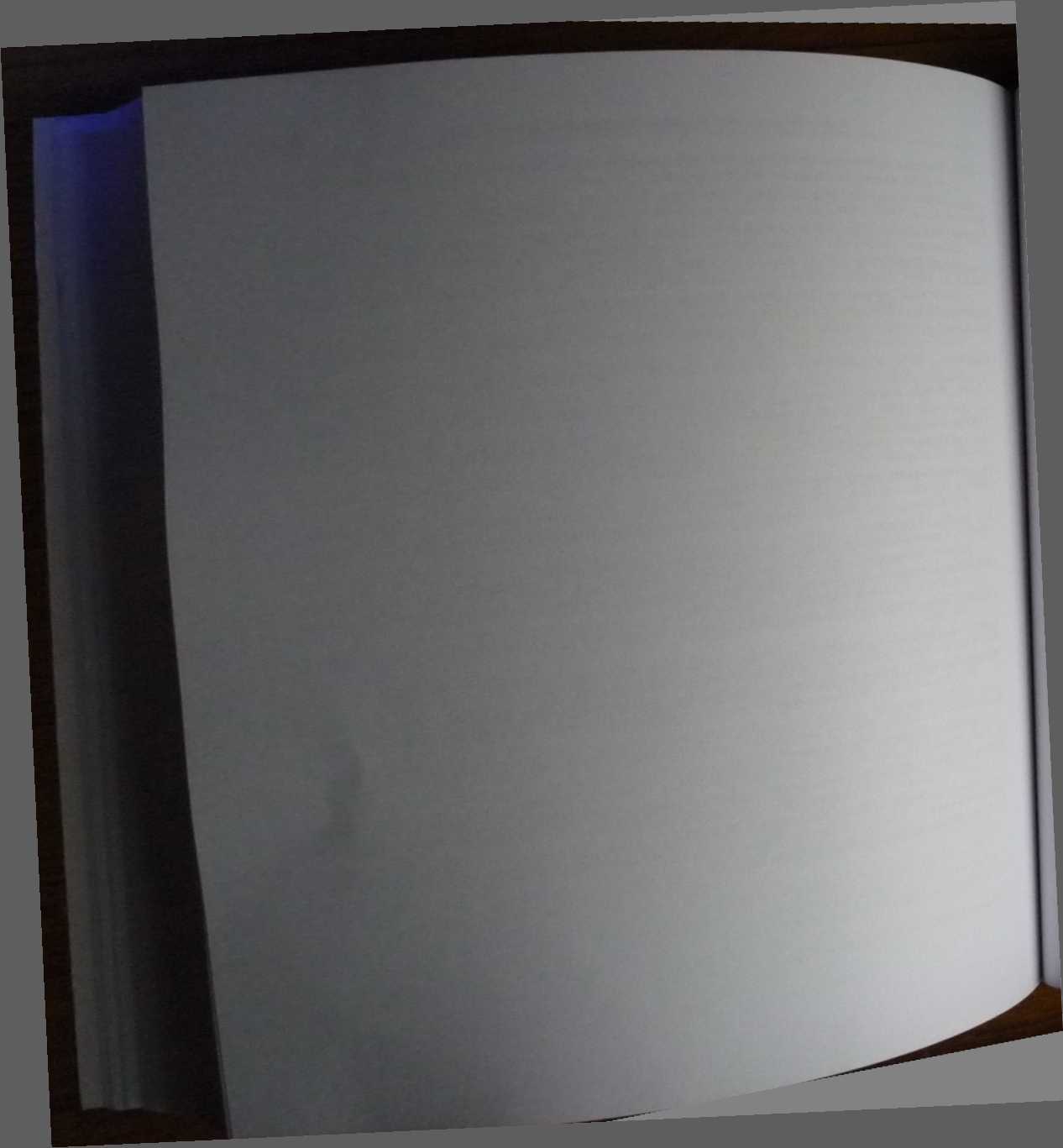P1190347 (2)

ACTA UNIVERSITAT1S WRATISLAYIENSIS No 2960 Studia Archeologiczne XL Wrocław 2007
HALINA TARAS1
THE DIRECTIONS OF THE LUBLIN REGION CONNECTIONS IN THE OLDER BRONZE PERIODS
I. CULTURAL SITUATION IN THE LUBLIN REGION
The beginning of the Bronze Age in the loess arca of the Lublin region is con-neded with ihe beginning of the Mierzanowice culture (further MC). Individual assemblages from the I* Proto-Mierzanowicc stage. dated to about 2300-2200BC. appeared in its eastem part, in the Western Volhynia Upland (Kadrów. Machnik 1997, Figs 1, 7). Their prescnce was confirmed both in the Horodło Hills (Zako-iciclna 1988: 8-9) and in the Sokal Hills, where they constitute a part of a scrics of barrow cemetenes bclonging to the Corded Ware Culture (CWC) (Bagińska 1997). In the early and classic phase Mierzanowice settlemcnt becomes morę distinct in the whole region of the Western Volhynia Upland (Kadrów, Machnik 1997. Figs 7,
17). Radiocarbon dates received from the graves in Czemiczyn, Szpikołosy, Kolonia. Lubczc. Podlodów and other sites are convergent with dating of those phases m western Littlc Poland (e.g. Libera 2001: 79; Kempisty. Włodarczak 1996. Table 4). The situation of that part of Poland became complicated when in the Western Volhynia Upland the Strzyżów culture emerges (further SC). That took place, as n is supposed. during the classic phase of the MC (Kadrów, Machnikowie 1992: 91-92). Howevcr, we also know about a datę from Raciborowice Kolonia referring to a slightly earlicr period of time, e.g. about 2200-2020 BC (Wróbel 1991: 223).
Yet. the cultural-scttlcmcnt situation in the Volhynia Upland was much morę complex. Whcn Proto-Micrzanowice groups arose. population of the Globular Amphorac culture (GAC) was stall inhabiting that region, what is confirmed by the data from western Ukrainę (Szmyt 1999: 65. 268). The conncctions between the MC, the CWC (Bagińska 1997: 191—204) and the central Dnieper culture on the Sokal Hills (Bagińska. Machnik 2003: 45-55) is morc elear. The ncigh-bourhood of Podolia and Volhynia together with the Pontian steppes resulted in reciprocal conncctions of the GAC and the Pit Gravc culture (PGC) populauons (Rassnmakin 1996: 132; Szmyt 1999: 148-167). After all. the territory of the lat-
1 Instilulc of Archncology. Maria Curie-Sklodowska Univorsily, Lublin
Wyszukiwarka
Podobne podstrony:
P1190347 (2) ACTA UNIVERSITAT1S WRATISLAYIENSIS No 2960 Studia Archeologiczne XL &n
40367 P1190301 ACTA UNIVERSITAnS WRATISUWIENSIS No 2960 Studia AlChcotogictnc XL &n
P1190301 ACTA UNIVERSITAnS WRATISUWIENSIS No 2960 Studia AlChcotogictnc XL Wr
P1190256 ACTA UNIVERSITATIS WKATISLAV1ENSI5 No 2960 Studia Archeologiczne XL
P1190280 ACTA UNIYERS1TAT1S WRATISLAYIENSIS No 2960 Studia Archeologiczne XL
P1190340 (2) ACTA UNIVtRSITATiS WRATISLAVIENSIS So 2960 Studia Archeologiczne XL &n
P1190256 ACTA UNIVERSITATIS WKATISLAV1ENSI5 No 2960 Studia Archeologiczne XL
33539 P1190256 ACTA UNIVERSITATIS WKATISLAV1ENSI5 No 2960 Studia Archeologiczne XL
P1190280 ACTA UNIYERS1TAT1S WRATISLAYIENSIS No 2960 Studia Archeologiczne XL
P1190340 (2) ACTA UNIVtRSITATiS WRATISLAVIENSIS So 2960 Studia Archeologiczne XL &n
P1190319 ACTA UNIVERSITATIS WRATISI.AVIENS1S No 2960 Studi
P1190319 ACTA UNIVERSITATIS WRATISI.AVIENS1S No 2960 Studi
85637 P1190319 ACTA UNIVERSITATIS WRATISI.AVIENS1S No 2960 Studi
85637 P1190319 ACTA UNIVERSITATIS WRATISI.AVIENS1S No 2960 Studi
P1190319 ACTA UNIVERSITATIS WRATISI.AVIENS1S No 2960 Studi
ACTA UNIVERSITATIS WRATISLAVIENSIS No 3504 Studia nad Autoiytaryzmem i Totalitaryzmem 34, iw 3 Wrocł
832 Bibliografia prac Profesora Jana Boda fesora Jana Jendrośki, Acta Universitatis Wratislaviensis
pod red. Jana Jeżewskiego. - Wrocław, 1995. - (Acta Universitatis Wratislaviensis ; nr 1711). - S. 1
więcej podobnych podstron